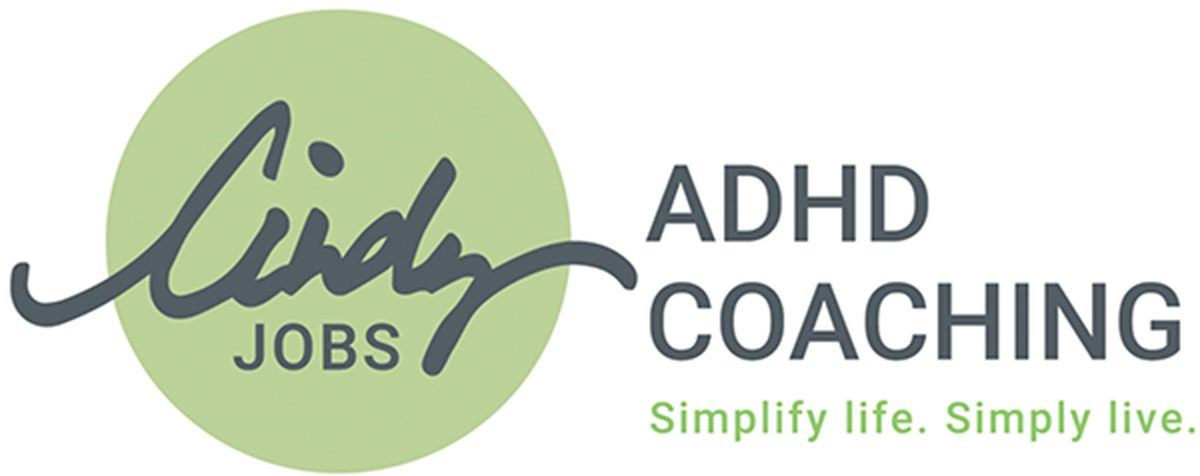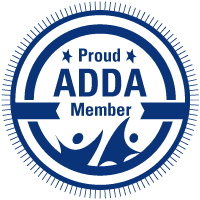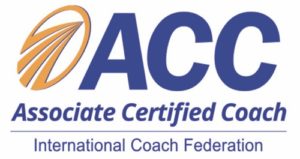During my guided Headspace meditation practice, Andy frequently reminds me to breathe in through my nose and out through my mouth. As it turns out, there’s a good reason he is reminding me.
Scientific American states, “In fact, every relaxation, calming or meditation technique relies on breathing, which may be the lowest common denominator in all the approaches to calming the body and mind. Research into basic physiology and into the effects of applying breath-control methods lends credence to the value of monitoring and regulating our inhalations and exhalations.”
However, all breaths are not created equal.
The most beneficial type of breathing is diaphragmatic breathing, commonly called deep breathing. Some benefits of diaphragmatic breathing are:
- Help with relaxation.
- Improves muscle function.
- Increases oxygen absorption into the blood.
- Making it easier for your body to release gas waste from your lungs.
- Reduces blood pressure and heart rate.
- Improves cognitive function.
The National Institute of Health study “illustrates the potential for diaphragmatic breathing practice to improve cognitive performance and reduce negative subjective and physiological consequences of stress in healthy adults.”
If you want to learn how to practice diaphragmatic breathing, Harvard suggests:
- Lie on your back on a flat surface (or in bed) with your knees bent. You can use a pillow under your head and your knees for support, if that’s more comfortable.
- Place one hand on your upper chest and the other on your belly, just below your rib cage.
- Breathe in slowly through your nose, letting the air in deeply, towards your lower belly. The hand on your chest should remain still, while the one on your belly should rise.
- Tighten your abdominal muscles and let them fall inward as you exhale through pursed lips. The hand on your belly should move down to its original position.
Here are some fun breathing facts:
- The average person breathes in the equivalent of 13 pints of air every minute and takes 17,000 breaths per day.
- Lungs remove nearly 70% of body waste in the form of carbon dioxide in the air we exhale.
- The average adult breathes around 12 to 20 times a minute when resting. However, the optimum breathing rate is about 5.5 breaths per minute. That’s 5.5-second inhales, and 5.5-second exhales. Our breath is generally much faster when we engage in shallow breathing.
- We do not breathe through each nostril equally. Throughout the day, we unconsciously switch from right nostril breathing to left nostril breathing.
- There is a difference between breathing through the left or right nostrils. When you’re inhaling primarily through the right nostril, circulation speeds up, your body gets hotter, and cortisol levels, blood pressure, and heart rate all increase (Source: Breath). Left nostril breathing benefits include sharper, clearer focus of the mind, and a deep, full relaxation or sleep.
Over the past several thousand years, the change to our facial structure has caused medical and mental challenges associated with poor breathing.
If you want more information about breathing, its importance, and how our facial structure has evolved, check out the book Breath by James Nestor.
Cindy Jobs, PCAC, ACC
Looking for more information?
Click here for ADHD-friendly Time Management Tools
Click here to schedule a complimentary breakthrough session.
For more helpful information, follow me on Facebook.







